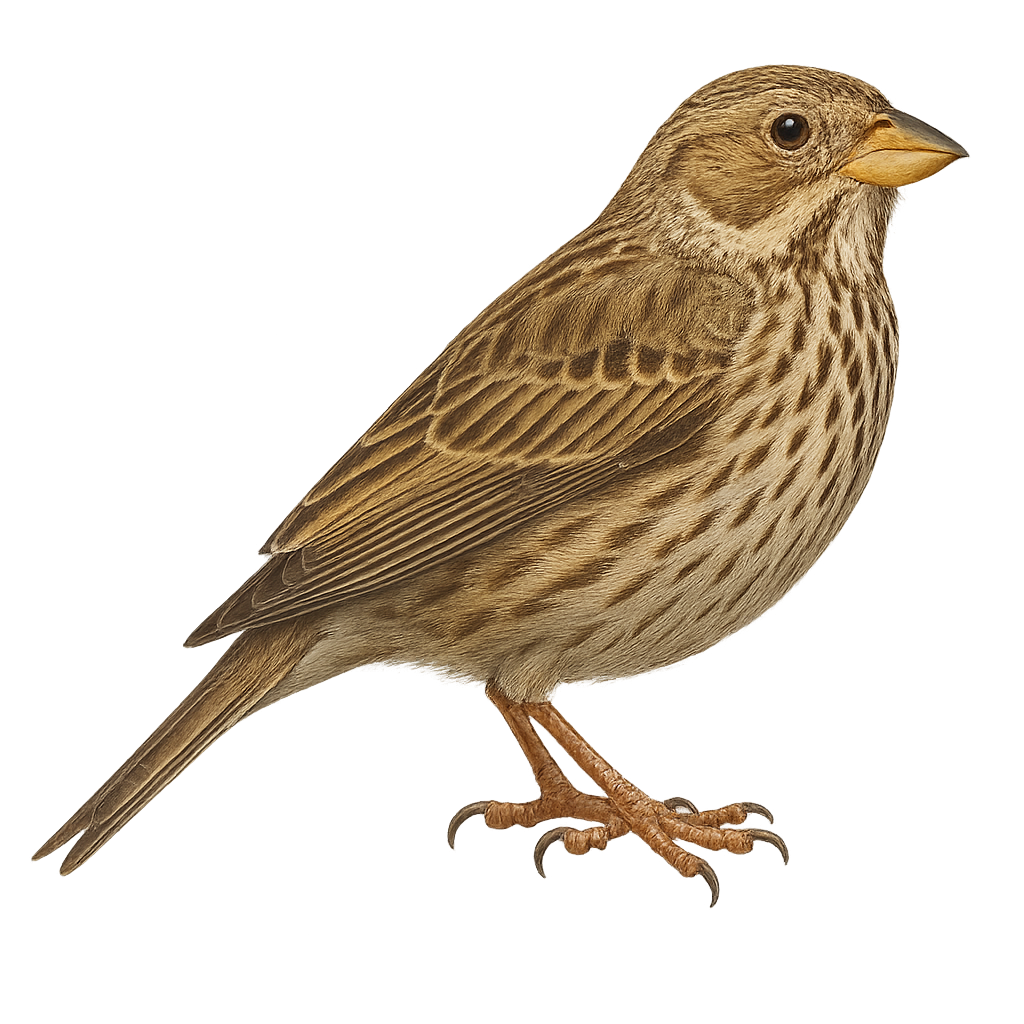Your wildlife photography guide.
Explore the corn bunting in detail, study its behavior, prepare your shots.
Where to observe and photograph the corn bunting in the wild
Learn where and when to spot the corn bunting in the wild, how to identify the species based on distinctive features, and what natural environments it inhabits. The WildlifePhotographer app offers tailored photography tips that reflect the corn bunting’s behavior, helping you capture better wildlife images. Explore the full species profile for key information including description, habitat, active periods, and approach techniques.
Corn bunting
Scientific name: Emberiza calandra

IUCN Status: Least Concern
Family: EMBERIZIDAE
Group: Birds
Sensitivity to human approach: Not shy
Minimum approach distance: 20 m
Courtship display: March to July
Incubation: 12-14 jours
Hatchings: March to July
Habitat:
Open farmland, weedy wasteland and meadows
Activity period :
Primarily active during the day, with peak activity in the morning and late afternoon.
Identification and description:
The corn bunting (Emberiza calandra) is a passerine bird in the family Emberizidae. It is a large, bulky bunting, 16–19 cm long, with heavily streaked buff-brown plumage. Found in open farmland, weedy wastelands and meadows across southern and central Europe, North Africa and Asia, it feeds mainly on seeds, supplemented by insects during the breeding season. During breeding it builds its nest on or near the ground, and the male sings from an exposed perch to attract the female and defend its territory.
Recommended lens:
500 mm – adjust based on distance, desired framing (portrait or habitat), and approach conditions.
Photography tips:
Approach slowly to avoid startling the corn bunting. Use a telephoto lens (≥ 300 mm) to capture plumage and song details. Prefer soft morning or late afternoon light, and remain silent to document its singing and feeding behaviours.
The WildlifePhotographer App is coming soon!
Be the first to explore the best nature spots, track rutting seasons, log your observations, and observe more wildlife.
Already 1 431 wildlife lovers subscribed worldwide

